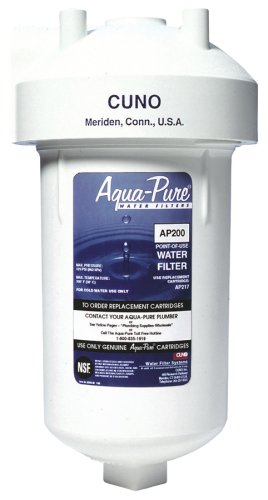Several homes nowadays suffer from the harsh effects of hard water. Clothes get dingy, hair dries up, skin gets rough, and water appliances get broken. This is why you need water softeners that can prevent these from happening. But for a water softener to work properly, it should also be installed properly.
Follow these 5 simple steps to a successful water softener installation so you can start enjoying softened water at home.
Step 1: Choose the best location
Before installing a water softener, you have to prepare for installation first. The first thing to do is choose where to best place your softener. You can choose to install it indoors or outdoors. The important thing is to put it somewhere dry and where it will be protected from frequent changes in temperature. If you have a two-tank system such as most demand-initiated regeneration units, the brine tank should be easily accessible but the two tanks should be close to one another. The location should also be near an electricity outlet and a drain. If a drain is a bit out of the way, you can use additional tubing to connect the unit to it.
Once you have your location, shut off your electric supply and water supply to get started.
Step 2: Install the Unit
Now you're ready to install your watersoftener. Before you begin, however, make sure to have your water softener manual ready. The steps to proper installation of water softeners are generally the same, but depending on your unit, there might be some special steps you need to take. So make sure to read the manual before beginning installation.
Now, to install, insert the distributor tube into the mineral tank and flush. Tape up the open ends of the tube so that the plastic beads in the tank will not enter the tube.
Step 3: Add the gravel and softener resin
Once the water softener's ready, add gravel into the mineral tank using a funnel. Make sure the gravel fully covers up the screen intake. Then add softener resin, which should full up to half of the tank. Then take the tape you placed at the open ends of the distributor tubes and make sure the control valves are secure then move on to the next step.
Step 4: Install the bypass valve to connect to the water supply
With the control valves secure, take the bypass valve and connect it to the control valves. Make sure the screws are tight to avoid any problems. With the bypass valve in place, you can now connect the water softener's piping to the bypass valve then attach a plastic tube to the available fitting on the brine tank.
Step 5: Put in water and salt
When that's done, pour four gallons of water into the brine tank. This should be followed by around 40 pounds of sodium chloride. Some, however, prefer to use potassium chloride. With both salt and water in, open the water supply valve and wait until there is a steady flow of water coming from the drain.
Step 6: Run a backwash
Now you're all set and done. What's left to do is to run a backwash so you can check for leaks. Double-check to see if all fittings are secure. If yes, you can start enjoying softened water at home.
 |
Price : $92.97
|
Price : $92.97







